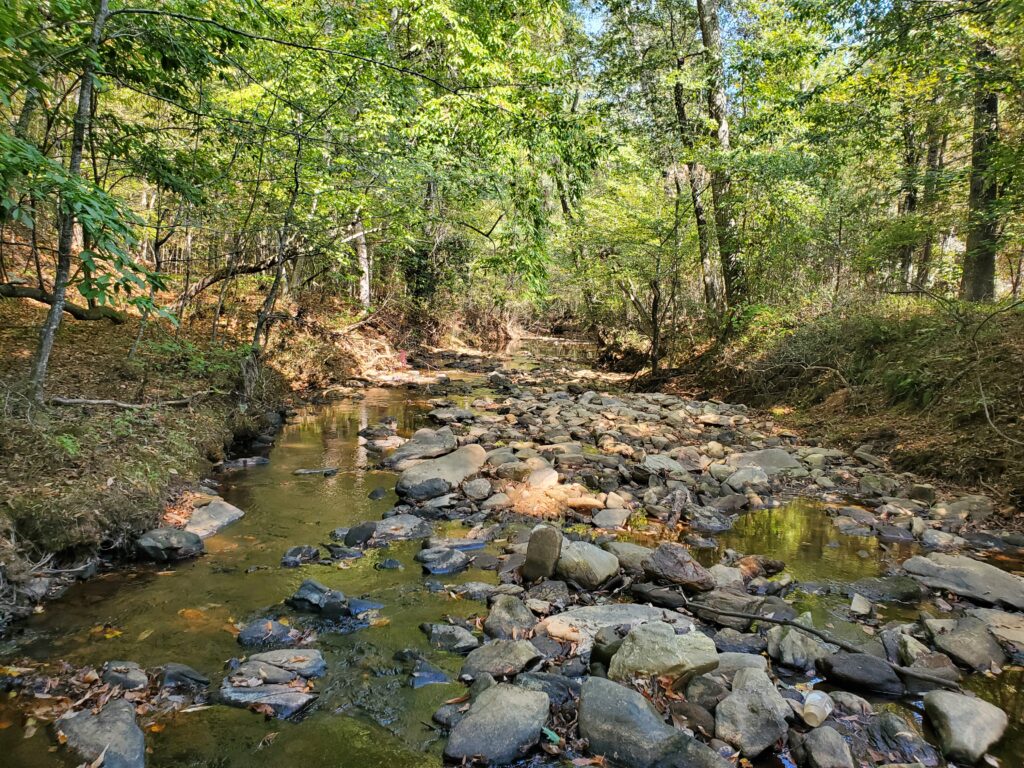State Waters Determination

At Riverbend Environmental, we specialize in the State Waters Determination process, which is pivotal in identifying and classifying bodies of water under a state’s jurisdiction based on specific state-defined criteria. This process is integral to our environmental planning and regulatory compliance services, especially for projects involving land development, construction, and natural resource management. We understand that this process varies from state to state, reflecting each state’s unique legal definitions and environmental policies.
In our work with environmental regulation and permitting, we emphasize the importance of recognizing which waters are classified as “state waters.” This understanding is crucial because the rules and protections for state waters can differ significantly from those for federal waters.
Frequently Asked Questions
If you have additional questions reach out and a team member will get in touch with you.
Each state defines “State Waters.” The Georgia Erosion and Sedimentation Control Act O.C.G.A. § 12-7-3 defines State Waters as “any and all rivers, streams, creeks, branches, lakes, reservoirs, ponds, drainage systems, springs, wells and other bodies of surface or subsurface water, natural or artificial, lying within or forming a part of the boundaries of the State, which are not entirely confined and retained completely upon the property of a single individual, partnership, or corporation.” Simply stated, any waterway that is not entirely confined on property owned by a single individual is “State Waters.”
If the creek is determined to be an “intermittent” stream, buffer requirements apply. In other cases, streams classified as “ephemeral” freshwater wetlands, and marshes do not require a buffer or may be eligible for a variance to the rules.
State law requires a minimum 25-foot buffer between state waters and land disturbing activities in warm-water fisheries and a 50-foot buffer for trout streams. The law also allows local authorities to adopt more stringent requirements.
Yes. There are eleven criteria in the DNR Rules for Erosion and Sedimentation Control, 391-3-7.05 Buffer Variance Procedures and Criteria, for which a stream buffer variance may be considered.

